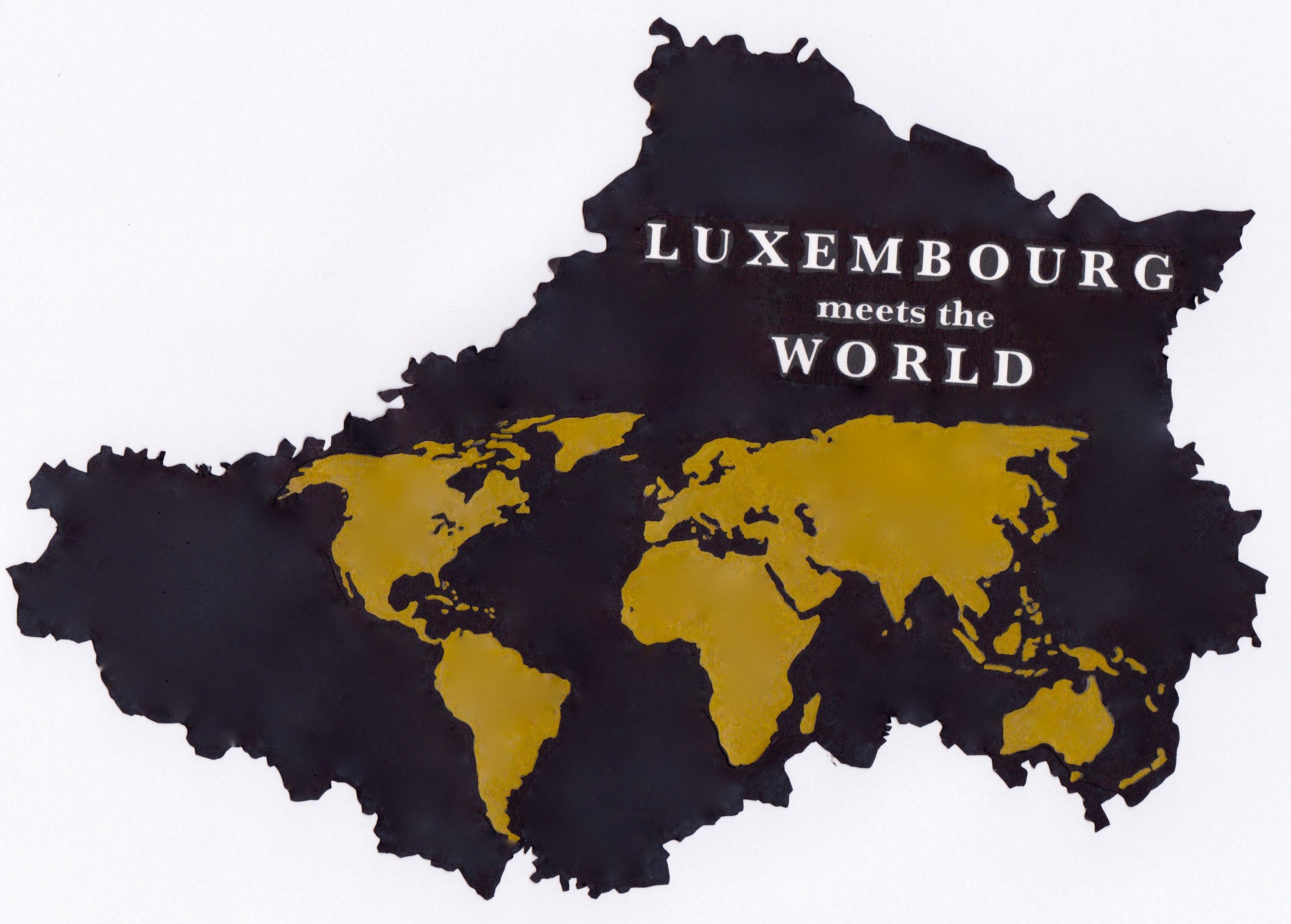
Top 9 top things to do in Edinburgh, Scotland
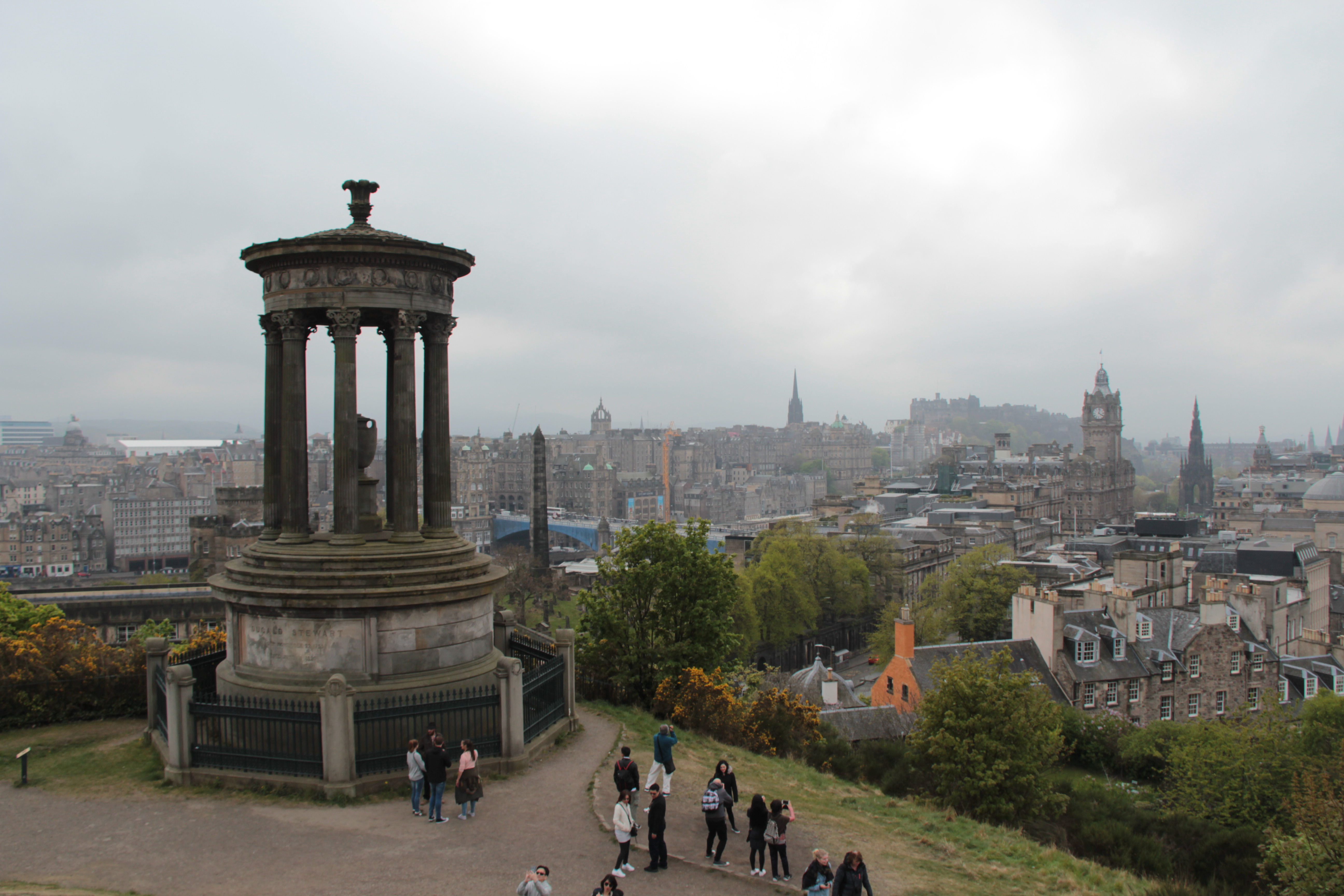
Edinburgh, the capital of Scotland, is the seventh most popular city in the United Kingdom. Historically, the city has long been a hub of education, with the University of Edinburgh being one of the oldest and most prestigious in the world. Over time, it has transformed into a vibrant cultural and historical destination, known for its stunning architecture, including the iconic Edinburgh Castle. Many also associate Edinburgh with the Harry Potter series, as J.K. Rowling found inspiration for the books in the city’s atmospheric streets and landmarks. The city is famous for its festivals, particularly the Edinburgh Festival Fringe, which draws visitors from all over the globe.
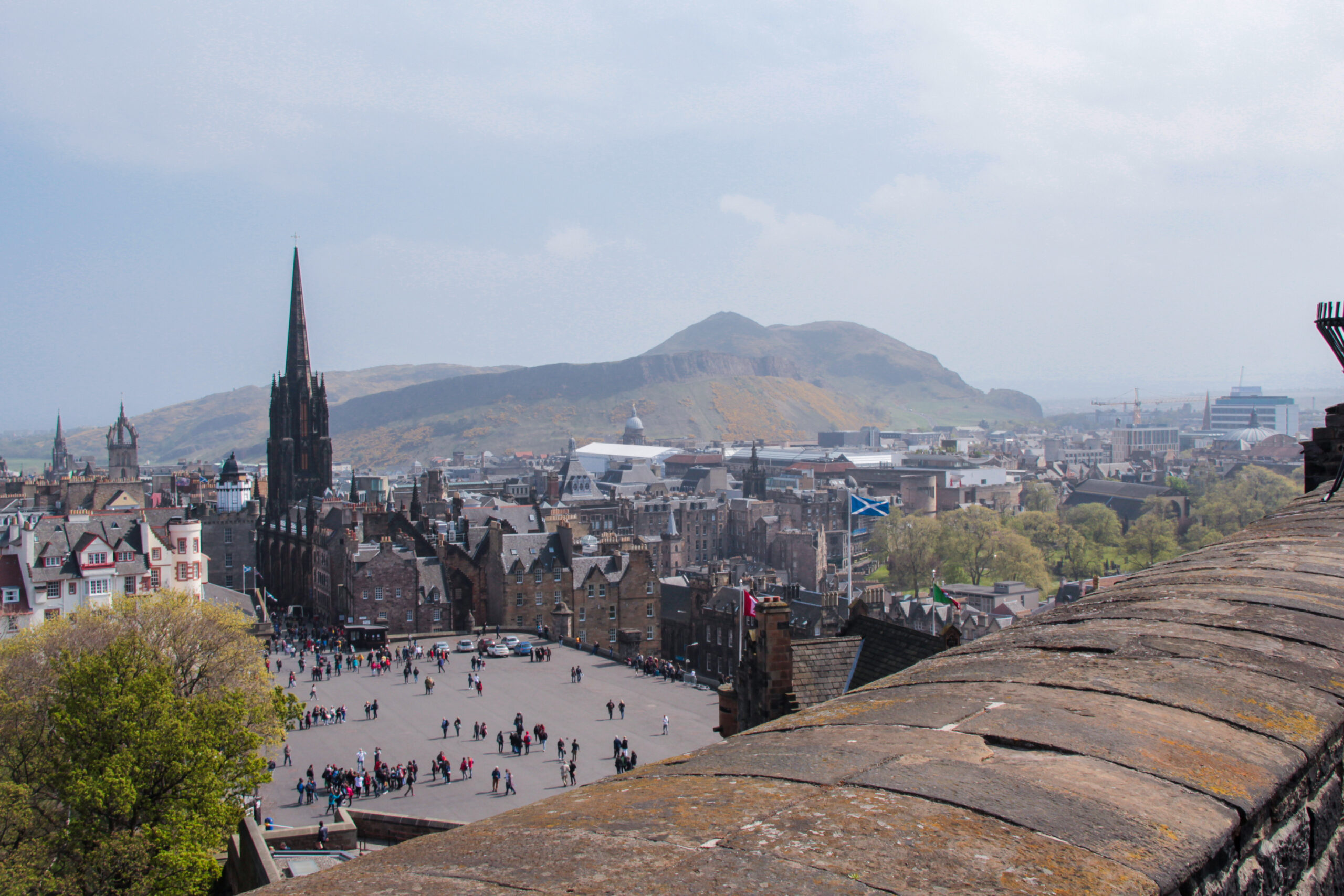
Edinburgh is filled with old buildings and churches, each adding to the city’s undeniable charm. At nearly every corner, you’ll hear the iconic sound of a Scotsman playing the bagpipes, creating an atmosphere that truly immerses you in the heart of Scotland. The entire city exudes a unique blend of history and culture, and it’s easy to see why people fall in love with this captivating place.
But Edinburgh isn’t just about historical monuments; it also has something to offer in terms of nature and geology. The city is built upon the remnants of two extinct volcanoes, which makes for an exciting and fascinating feature. Standing on these ancient volcanic hills offers a thrilling sense of connection to the land’s deep, geological past. How amazing is that?


Edinburgh Castle
When speaking about the two extinct volcanoes, it’s worth mentioning that Edinburgh Castle sits atop one of them. So, when you visit the stunning Edinburgh Castle, you’re actually standing on the rim of a real, extinct volcano. This adds an incredible layer of history and geological significance to the experience, making it even more special to explore such a historically rich and naturally fascinating site.
The castle’s history dates back to at least the 12th century, though it is believed to have been a stronghold much earlier. It has played a key role in many significant events, including battles for independence and royal power struggles. Over the centuries, the castle has served as a royal residence, military stronghold, and symbol of Scotland’s national identity. Today, it’s one of the most popular tourist attractions in the country, attracting millions of visitors each year.
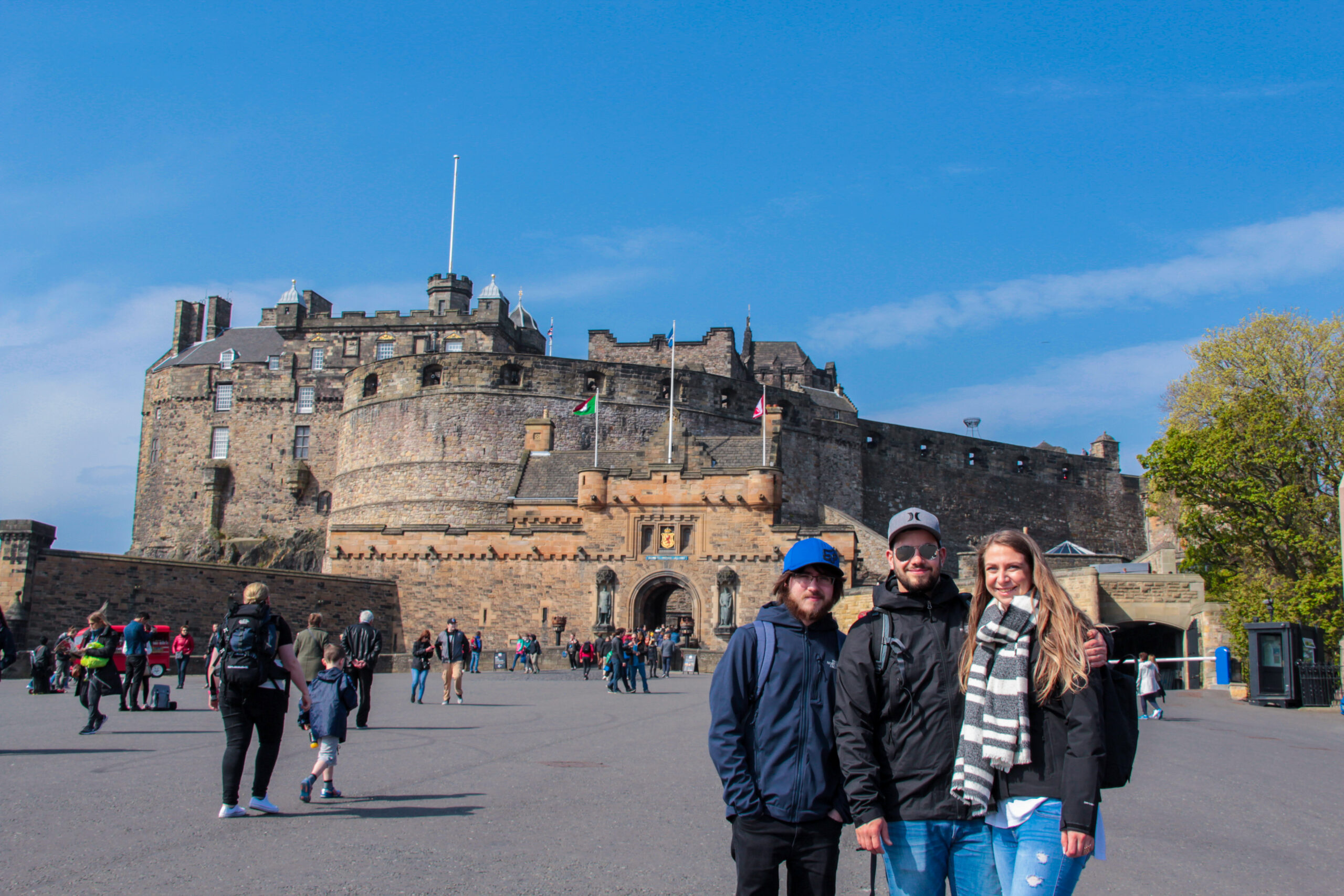
When visiting the castle, you can explore the historical sites at your own pace or take part in a guided tour to dive deeper into the rich history of the place. The castle offers stunning views of Edinburgh, including the famous Royal Mile leading down to Holyrood Palace, as well as panoramic vistas of the surrounding city and beyond.
It’s a fascinating site that tells the story of Scotland from medieval times to the present day. Whether you’re a history buff, an architecture enthusiast, or someone just wanting to enjoy the views, Edinburgh Castle is a must-see destination.
So whenever you plan to visit Edinburgh Castle, I recommend booking your tickets online in advance. It will save you a lot of time. The castle is open almost every day from 9:30 AM to 6:00 PM.

Arthur’s Seat
Arthur’s Seat is the other extinct volcano you can conquer. It’s a hill, or rather a mountain, standing at 251 meters high, and it’s accessible to everyone, even if you’re not in top shape. If you want more information about hiking to Arthur’s Seat, take a look at Arthur’s Seat – an extinct volcano in Edinburgh Scotland.
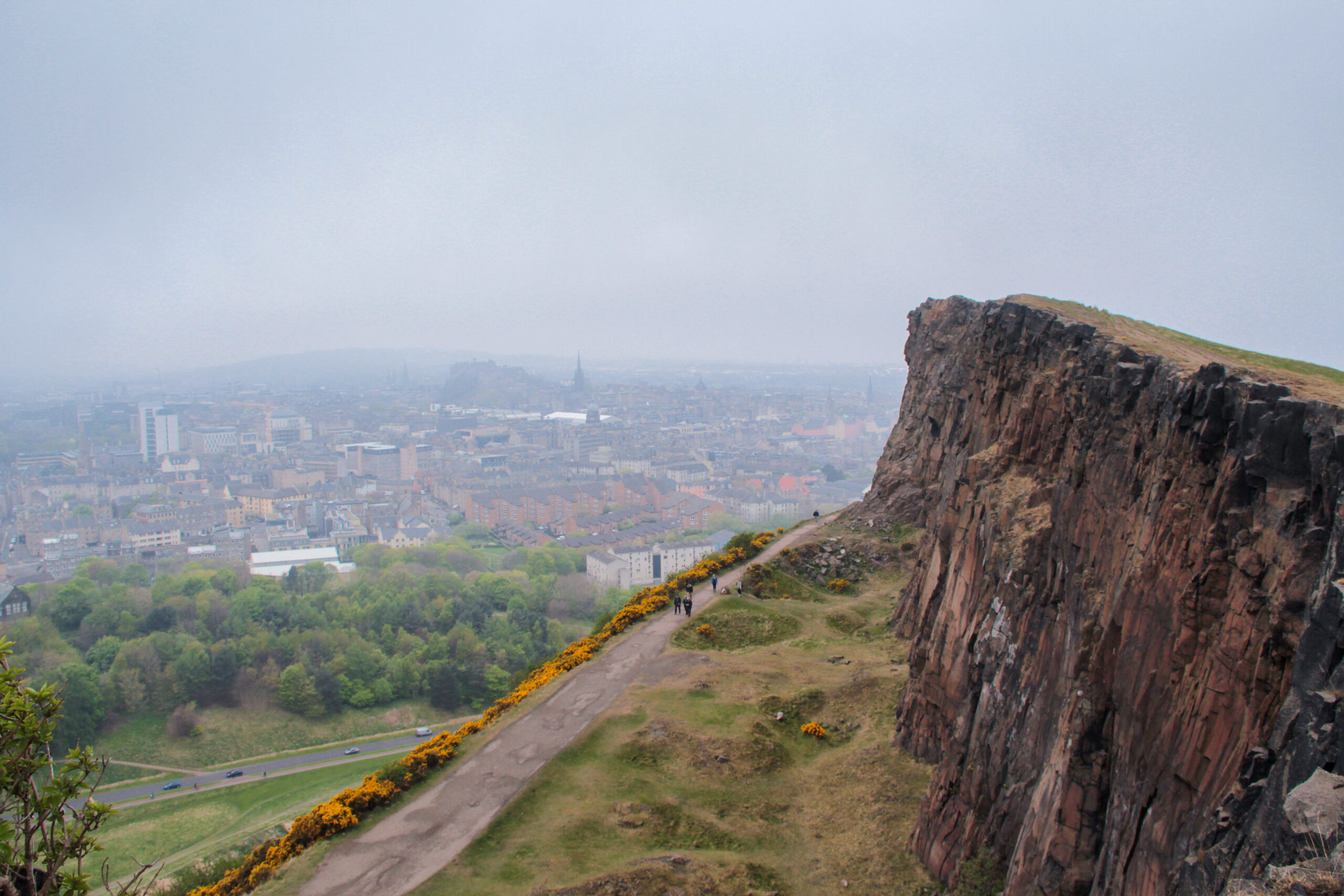
At 251 meters, it provides stunning views of the city, though weather conditions may occasionally obscure the landscape. The hike is accessible from Holyrood Palace, and you can choose between several paths, with the ascent being relatively easy for most. Along the way, you’ll pass cultural landmarks such as St. Anthony’s Chapel and St. Margaret’s Loch. Reaching the summit offers a sense of achievement, as you’re standing on an ancient volcano with a fascinating geological history. Bring water with you, as there are no facilities along the trail.
Whenever you plan to hike to the summit, make sure to bring enough water with you, as there are no opportunities to buy drinks once you start the walk.
 When you’re hiking on a clear day, you’ll have an amazing view over Edinburgh, but the weather can change quickly. When we started our hike, the weather wasn’t too bad, but as soon as we reached the summit, we found ourselves surrounded by a cloud. Although we didn’t see much, it was still worth climbing Arthur’s Seat.
When you’re hiking on a clear day, you’ll have an amazing view over Edinburgh, but the weather can change quickly. When we started our hike, the weather wasn’t too bad, but as soon as we reached the summit, we found ourselves surrounded by a cloud. Although we didn’t see much, it was still worth climbing Arthur’s Seat.
Scotch Whisky Experience
The Scotch Whisky Experience in Edinburgh is definitely a must-do whenever you’re visiting the city. Even if you’re not a whisky drinker, you’ll still enjoy the tour.

You can choose from four different tours: the Silver Tour, the Gold Tour, the Platinum Tour, and the Taste of Scotland Tour. We opted for the Taste of Scotland Tour, which includes a dinner at the Amber Restaurant. For more information, check out Taste of Scotland – The Scotch Whisky Experience Edinburgh.

If you choose to do this experience, make sure to buy your tickets online, as the tour is often fully booked. Also, be sure to arrive on time.
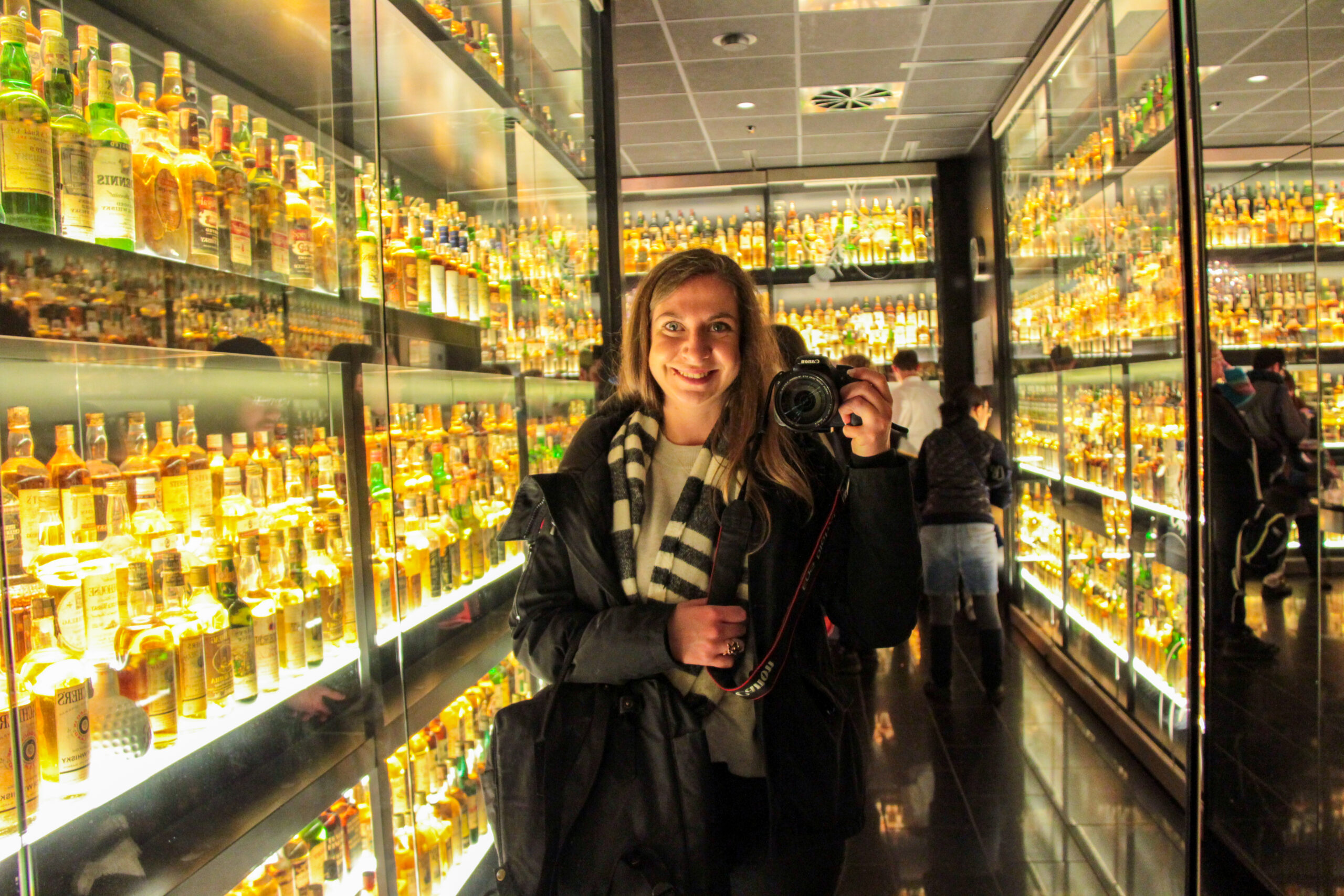
Calton Hill
Calton Hill, along with Arthur’s Seat and Edinburgh Castle, is part of the volcanic landscape in Edinburgh. The hill is a popular spot for photographs and paintings of the city.
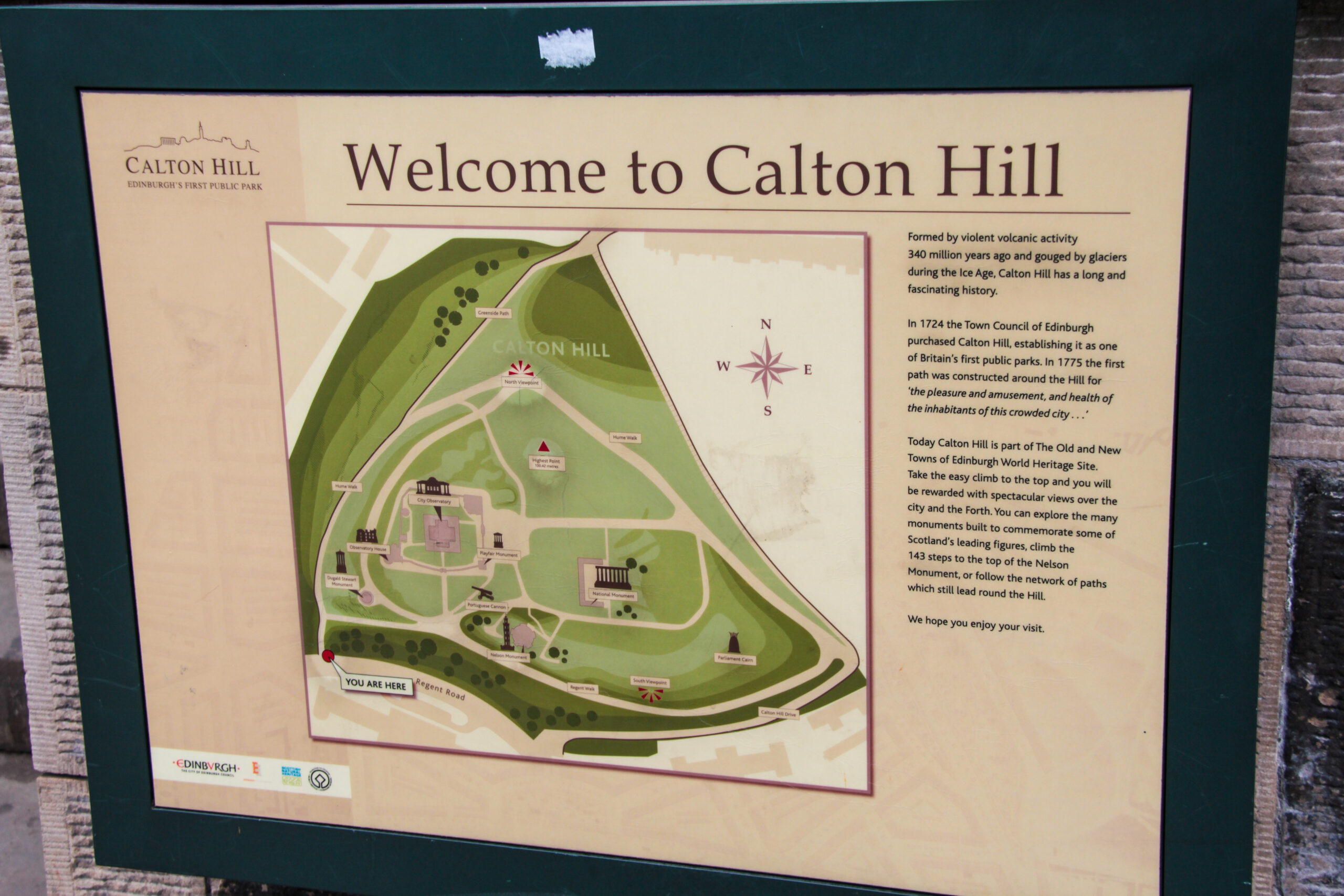
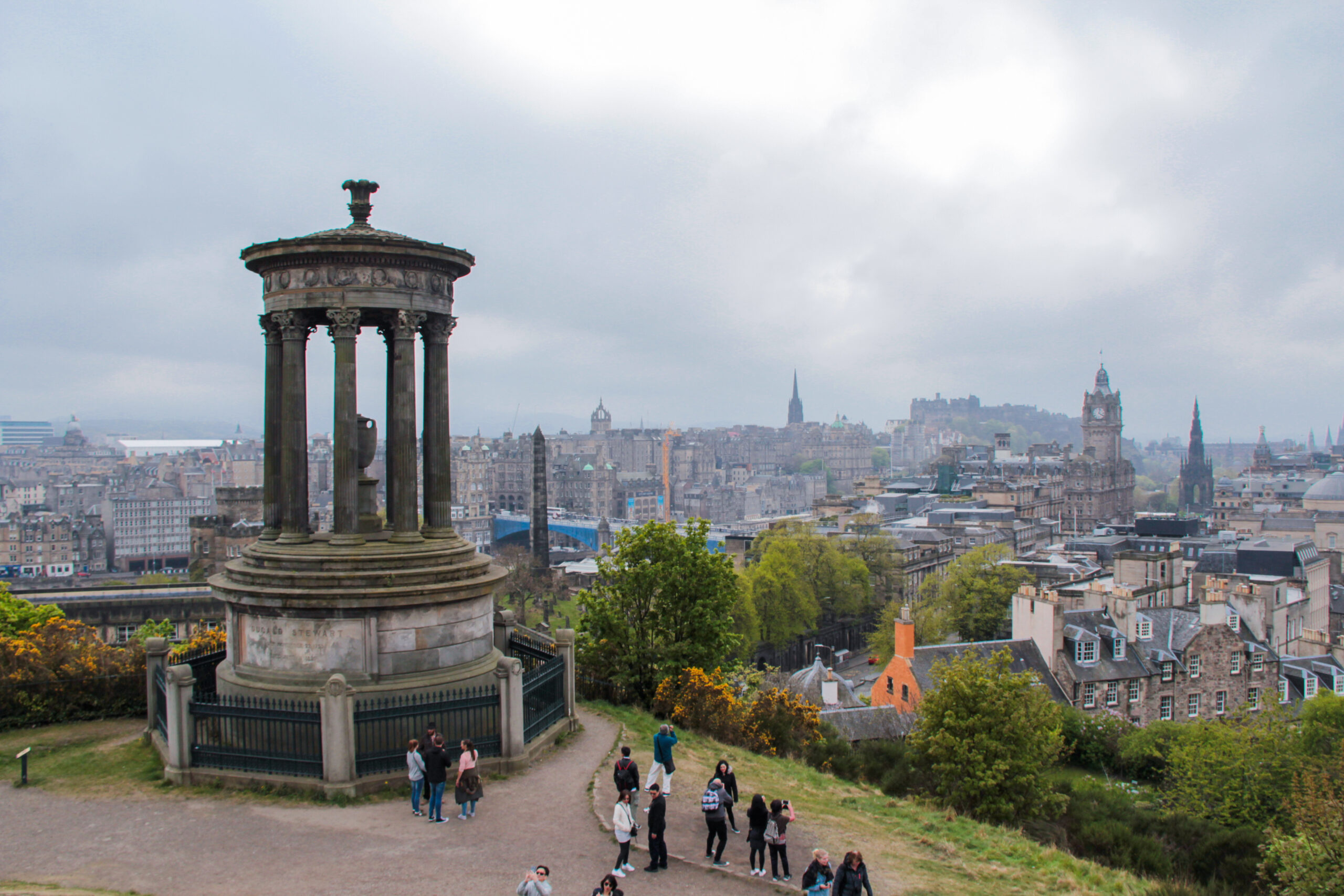
Calton Hill is home to many iconic monuments and buildings, each with its own historical significance. The Scottish Government, located at the foot of the hill, has been a symbol of Scotland’s devolved government since the Scottish Parliament was reconvened in 1999. The National Monument, often referred to as Scotland’s ‚lost Parthenon,‘ was intended to honor Scottish soldiers who died in the Napoleonic Wars but was left unfinished due to lack of funding. The Nelson Monument, built in 1816, commemorates Admiral Lord Nelson’s victory at the Battle of Trafalgar in 1805. The Dugald Stewart Monument, erected in 1831, celebrates the philosopher and educator Dugald Stewart, who was a key figure in the Scottish Enlightenment. The Old Royal High School, dating back to the 1820s, was once intended to be the home of the Scottish Parliament. The Robert Burns Monument, completed in 1831, pays tribute to Scotland’s national poet, Robert Burns, and the Political Martyrs‘ Monument, built in 1844, commemorates those who were arrested and exiled for their political beliefs during the early 19th century. Lastly, the City Observatory, founded in 1818, served as the center for astronomical research and has a fascinating history in the development of Edinburgh as a hub of scientific and intellectual progress..

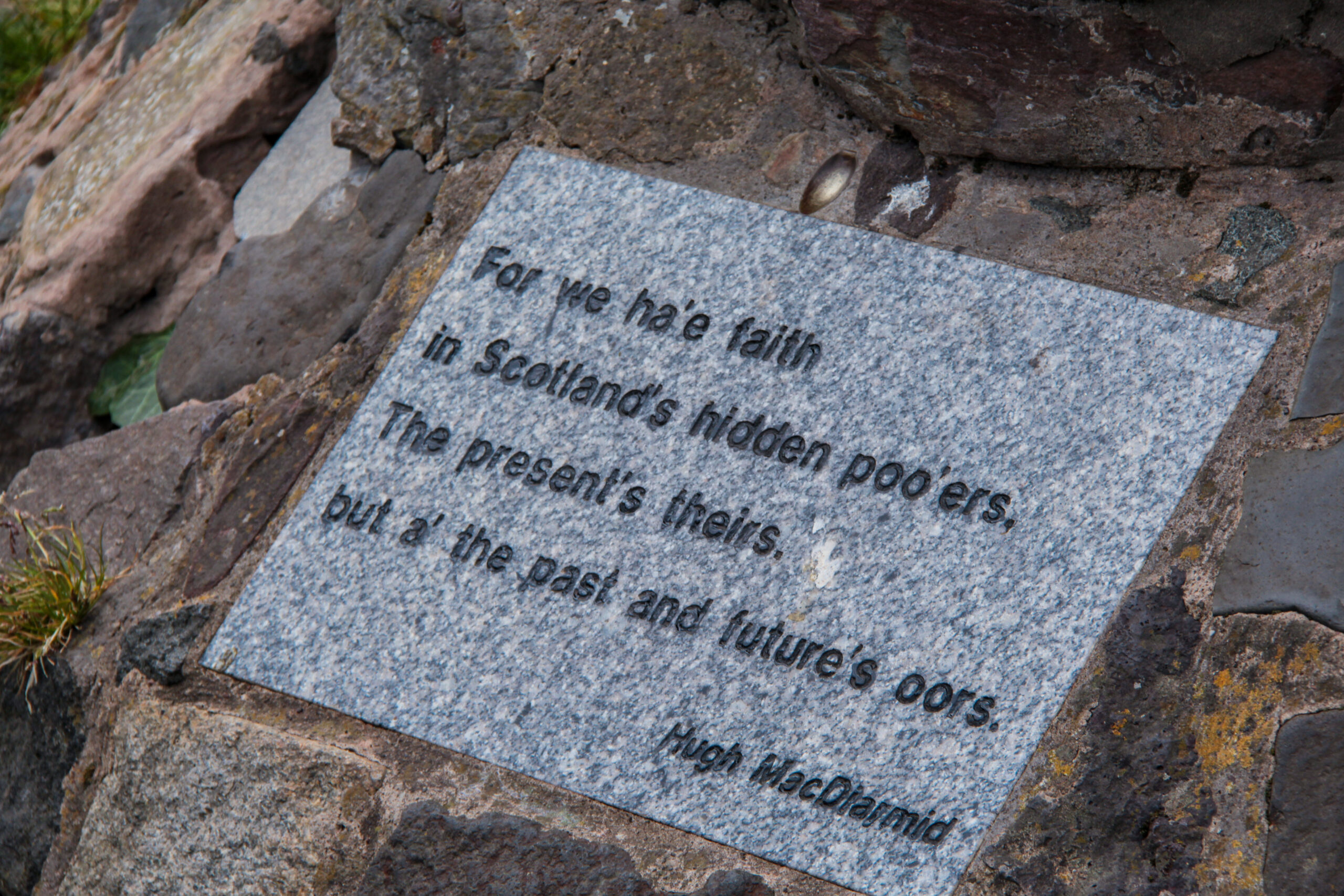
Contrary to Arthur’s Seat, Calton Hill is accessible by car, making it possible for everyone to visit without having to hike. However, even without a car, you can easily reach the hill on foot, as it’s a short walk from the city center.
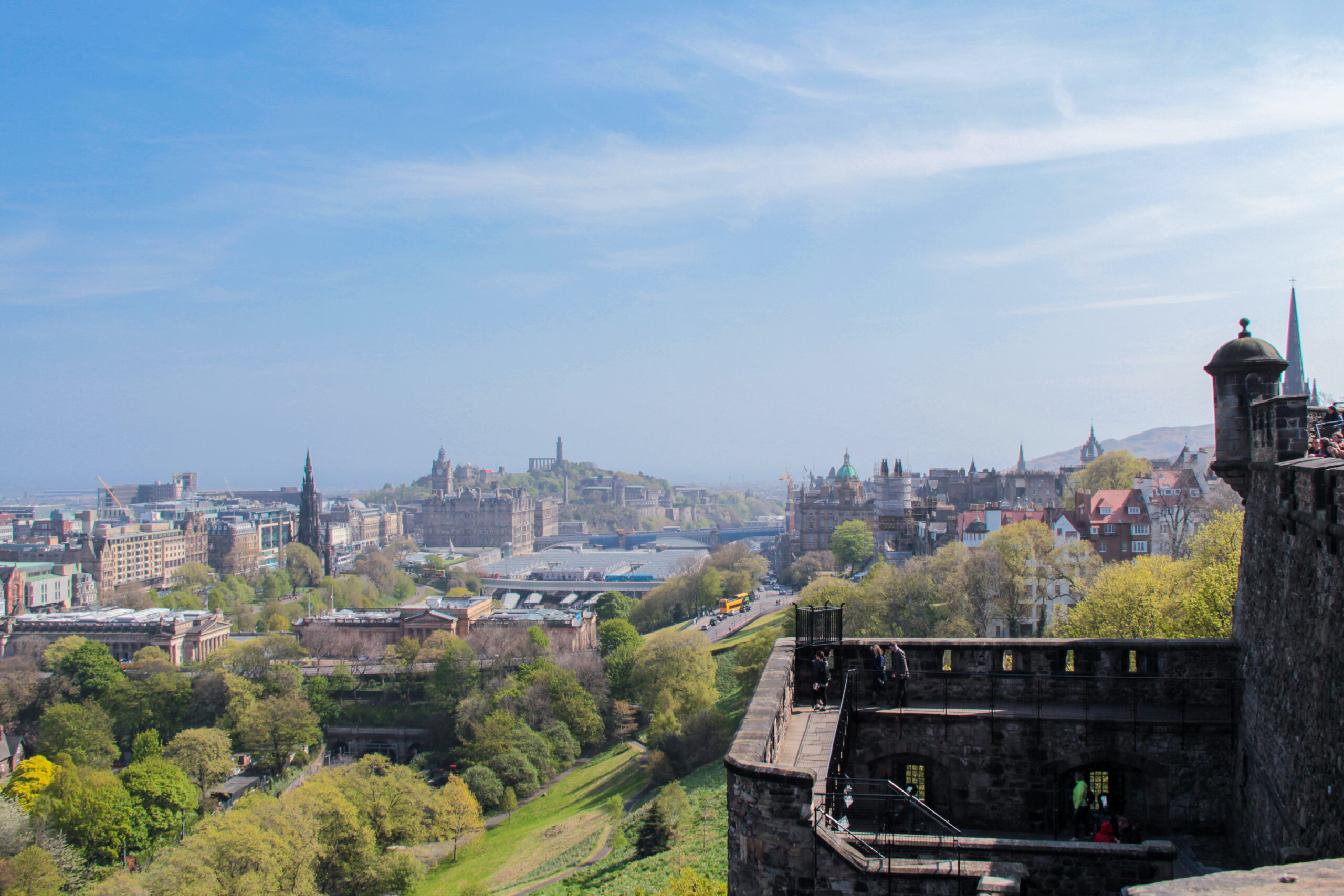
The World’s End
The World’s End is a historic pub located on the Royal Mile in Edinburgh. It got its name because, in the 16th century, Edinburgh was a walled city, and the gates were situated just outside the pub. For the residents of Edinburgh at the time, the world beyond the gates was considered foreign and unknown, so the pub became known as ‚The World’s End,‘ marking the boundary of their world.

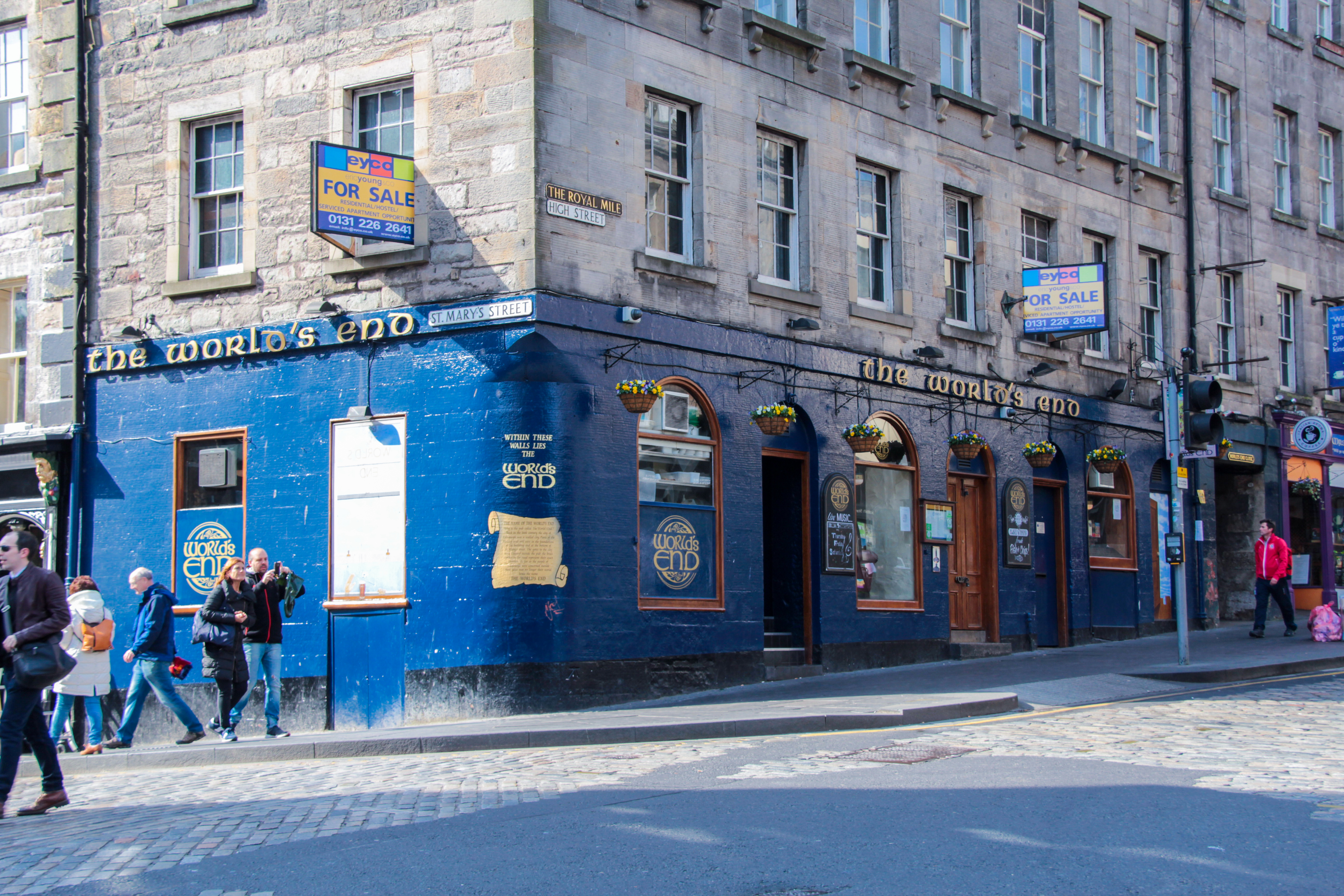
If you plan to dine there, make sure to arrive around 18:00 or 19:00, as the space is limited and the pub is very popular. If you’re lucky enough to secure a table, it’s quite common to wait around 30 minutes. However, the wait is definitely worth it for the experience.
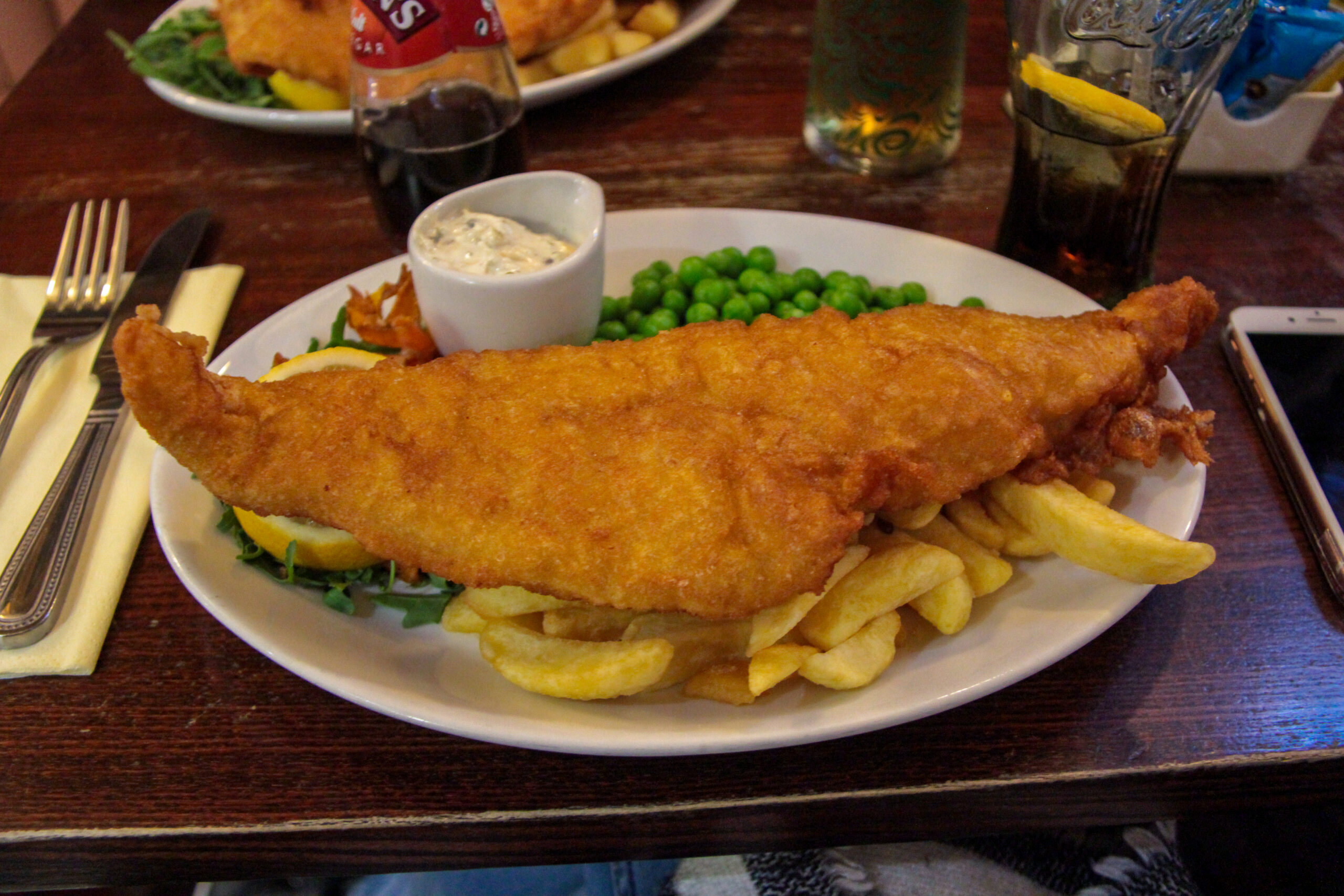
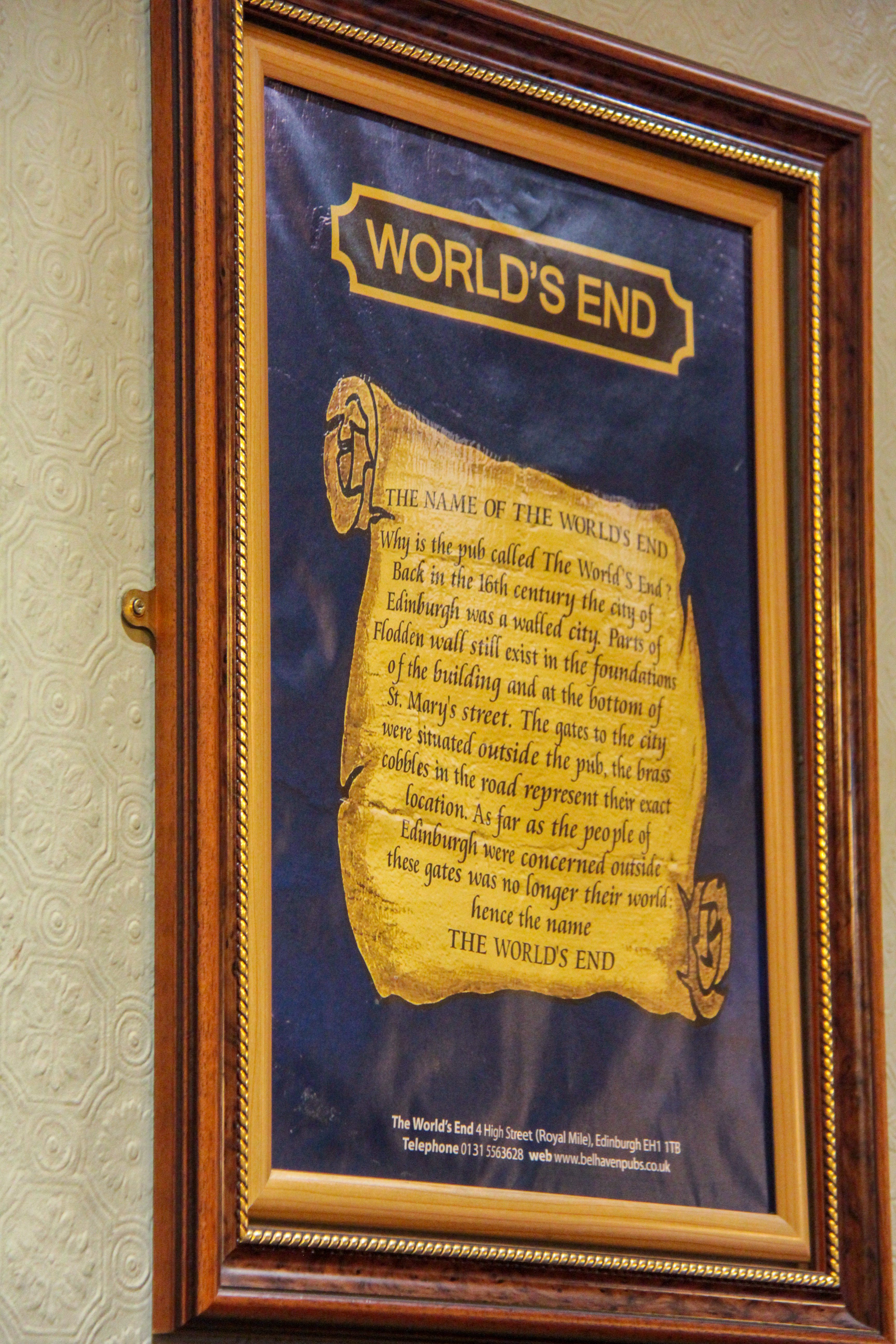
I chose the Fish & Chips, and it was absolutely delicious. I would definitely return to this pub and happily wait for a table.

Eat Haggis
Most people are put off by Haggis and don’t want to give it a try. When you think about the ingredients, it doesn’t sound very appetizing. I have to admit, I was initially skeptical too, but as soon as I tried it, I changed my mind.
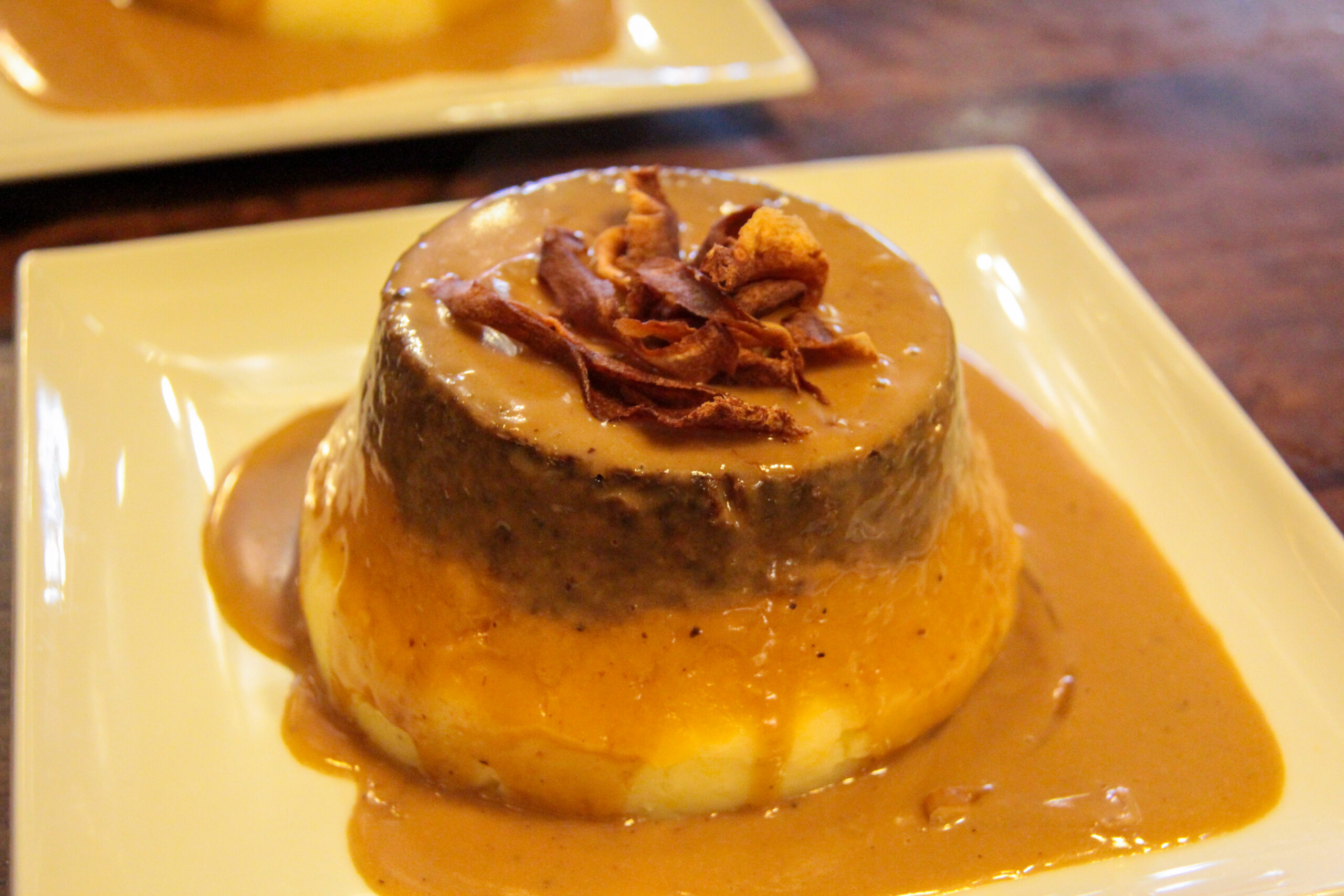
Essentially, Haggis is a savory pudding made from the heart, liver, and lungs of a sheep, minced with onion, oatmeal, suet, spices, and salt. Traditionally, it was encased in the animal’s stomach, but today it’s mostly prepared using artificial casings.
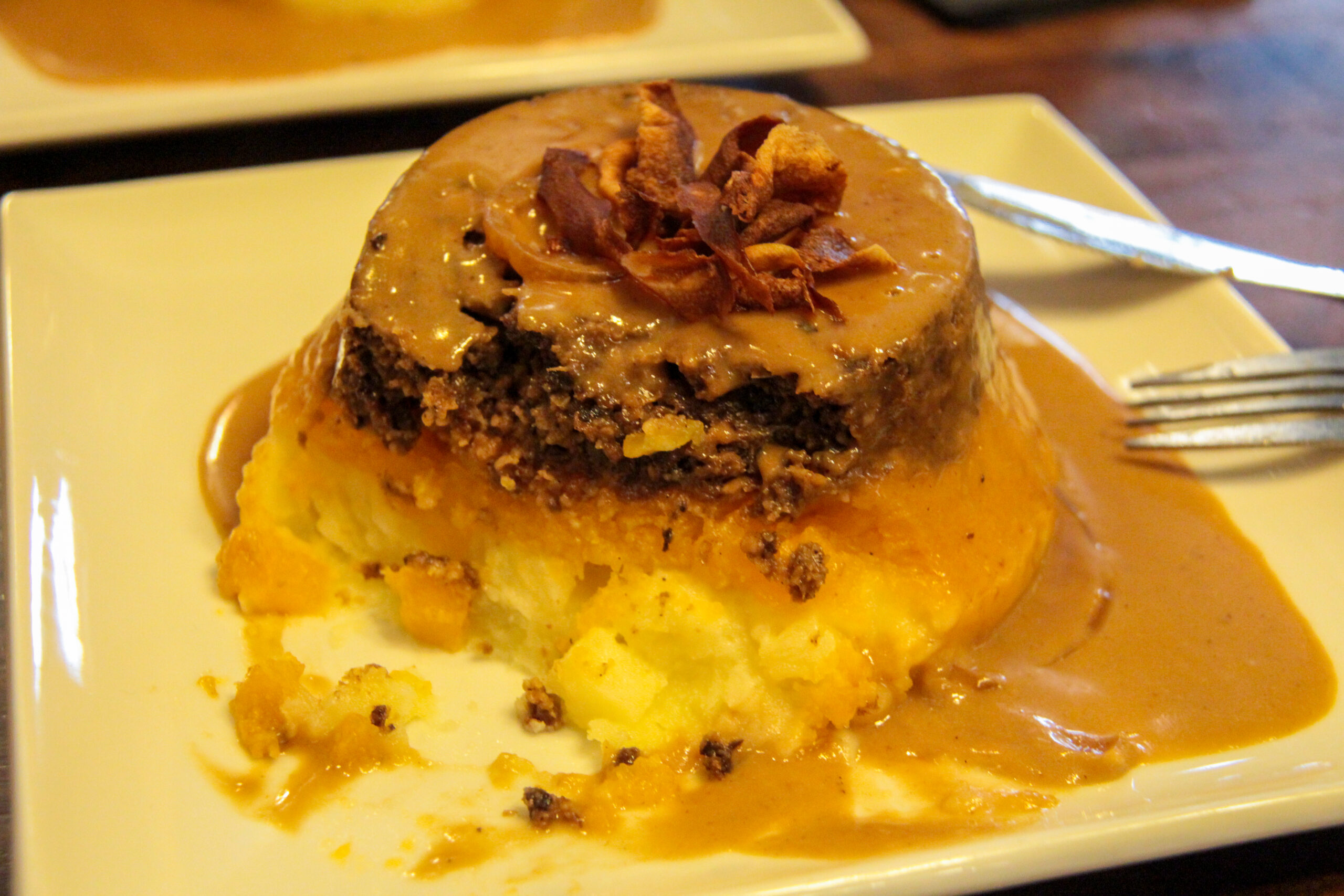
Royal Mile
The Royal Mile is a historic and iconic and undoubtedly the most famous street in Edinburgh. It runs through the heart of the Old Town and spans approximately one Scots mile in length. The street connects two iconic landmarks: Edinburgh Castle and the Palace of Holyroodhouse.
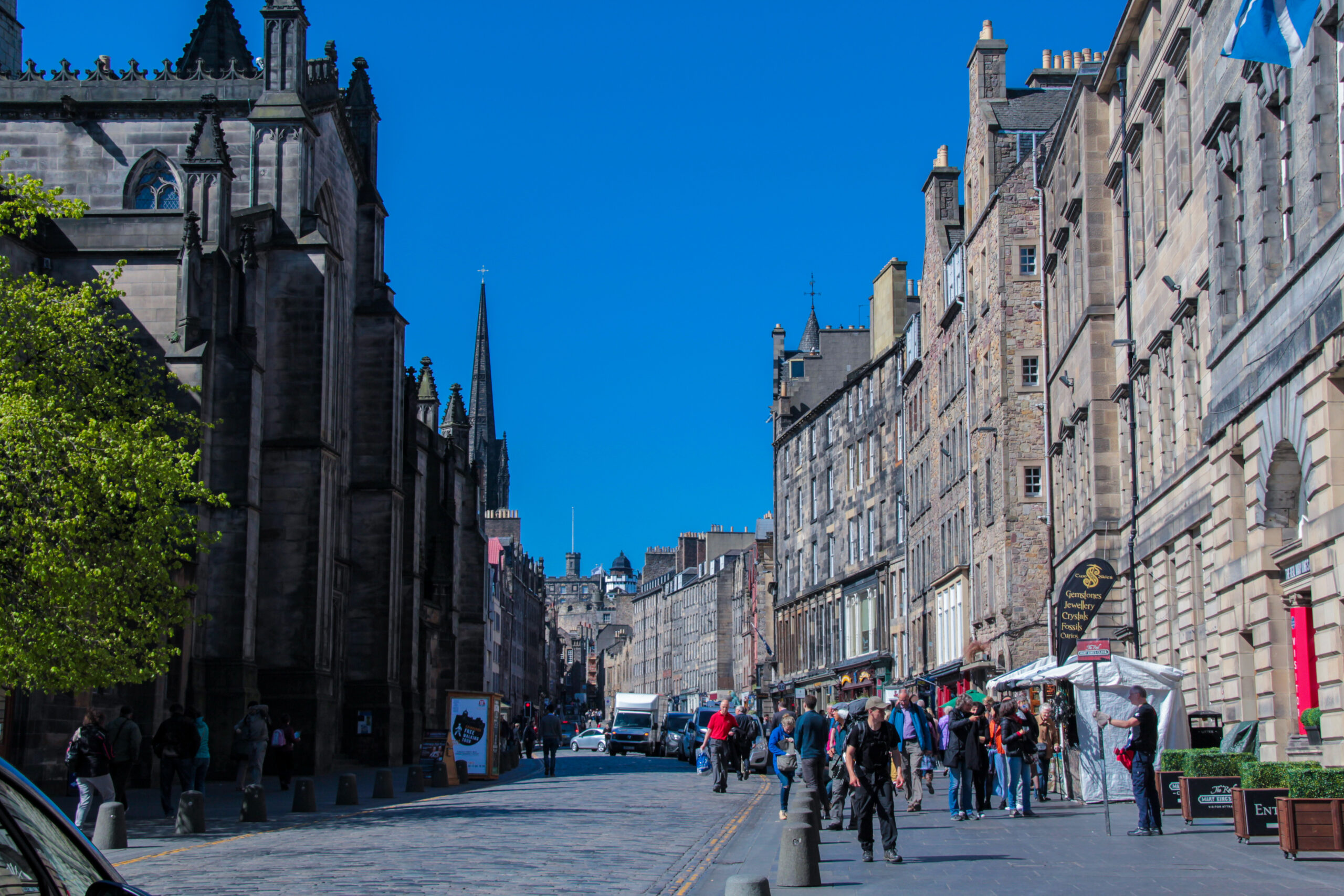
This famous thoroughfare is divided into several smaller streets, each with its own charm and significance. These include Castlehill, which leads up to the castle; Lawnmarket, known for its vibrant history; the bustling High Street, which serves as the main artery of the Mile; Canongate, with its rich architectural heritage; and Abbey Strand, which is located near the Holyrood Palace and marks the end of the Royal Mile.
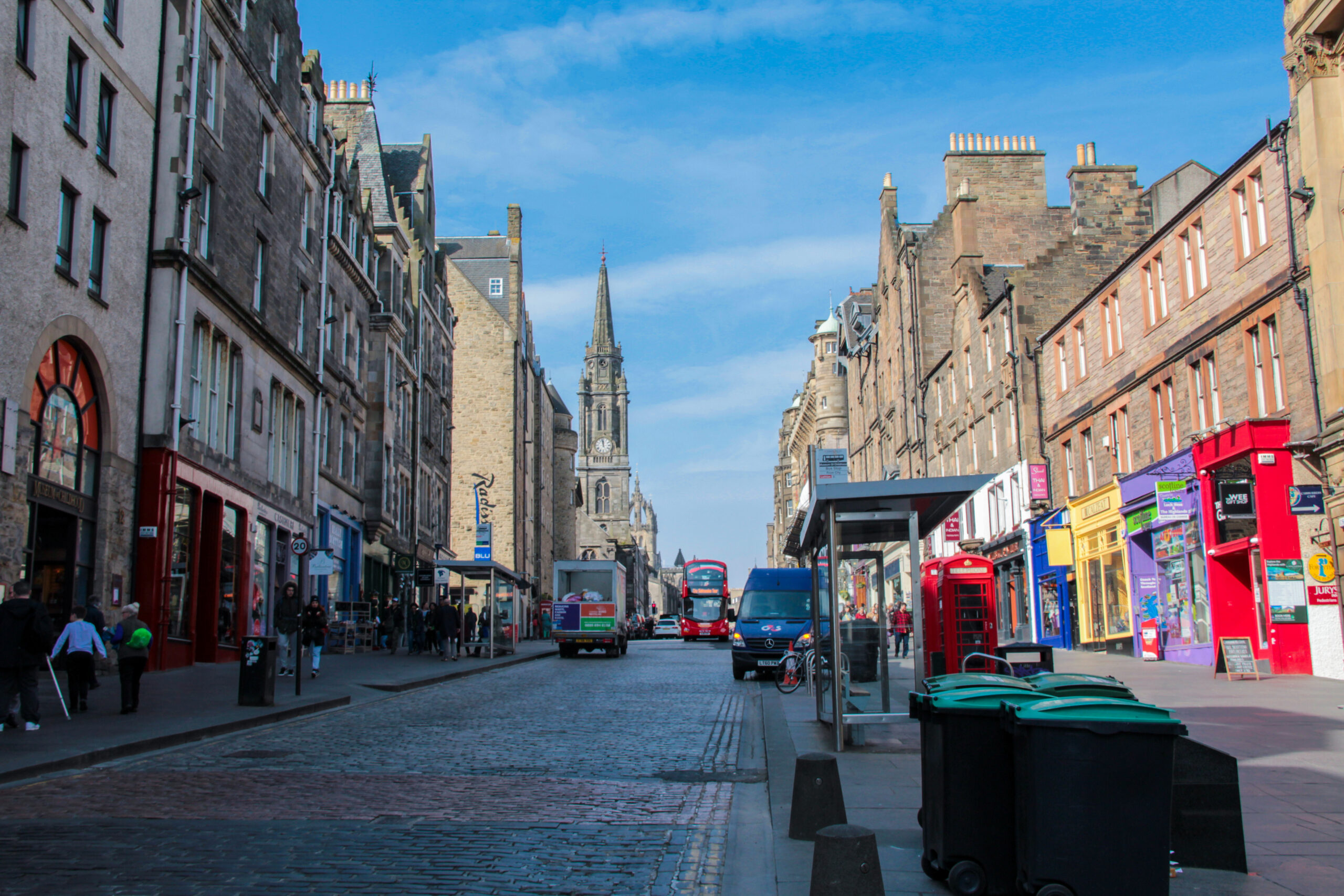
During our stay in Edinburgh, we walked the Royal Mile every day as it is the central street of the city, leading to nearly every major attraction. I thoroughly enjoyed strolling up and down the Mile, as it was lined with charming small shops, cozy pubs, and historic landmarks, making each walk a delightful experience.
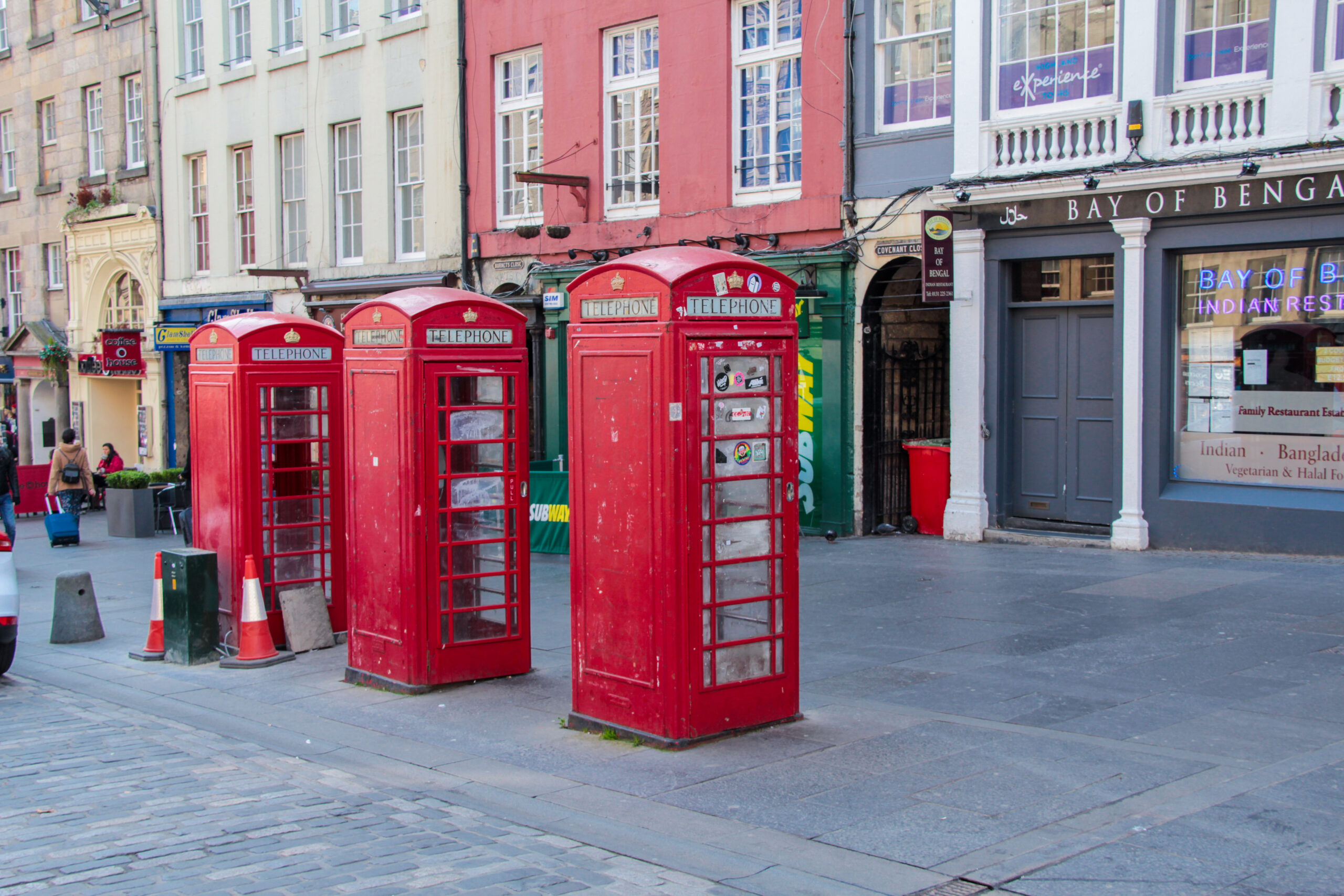
Whenever you’re in Edinburgh, the Royal Mile is a must-visit. It’s the heart of the city, offering a perfect mix of history, culture, and local charm that you simply can’t miss.

Elephant House
For all the Harry Potter fans out there, the Elephant House holds a special place in literary history. It’s famously known as the birthplace of the Harry Potter series, where J.K. Rowling penned much of the magical tale that captured the hearts of millions around the world.

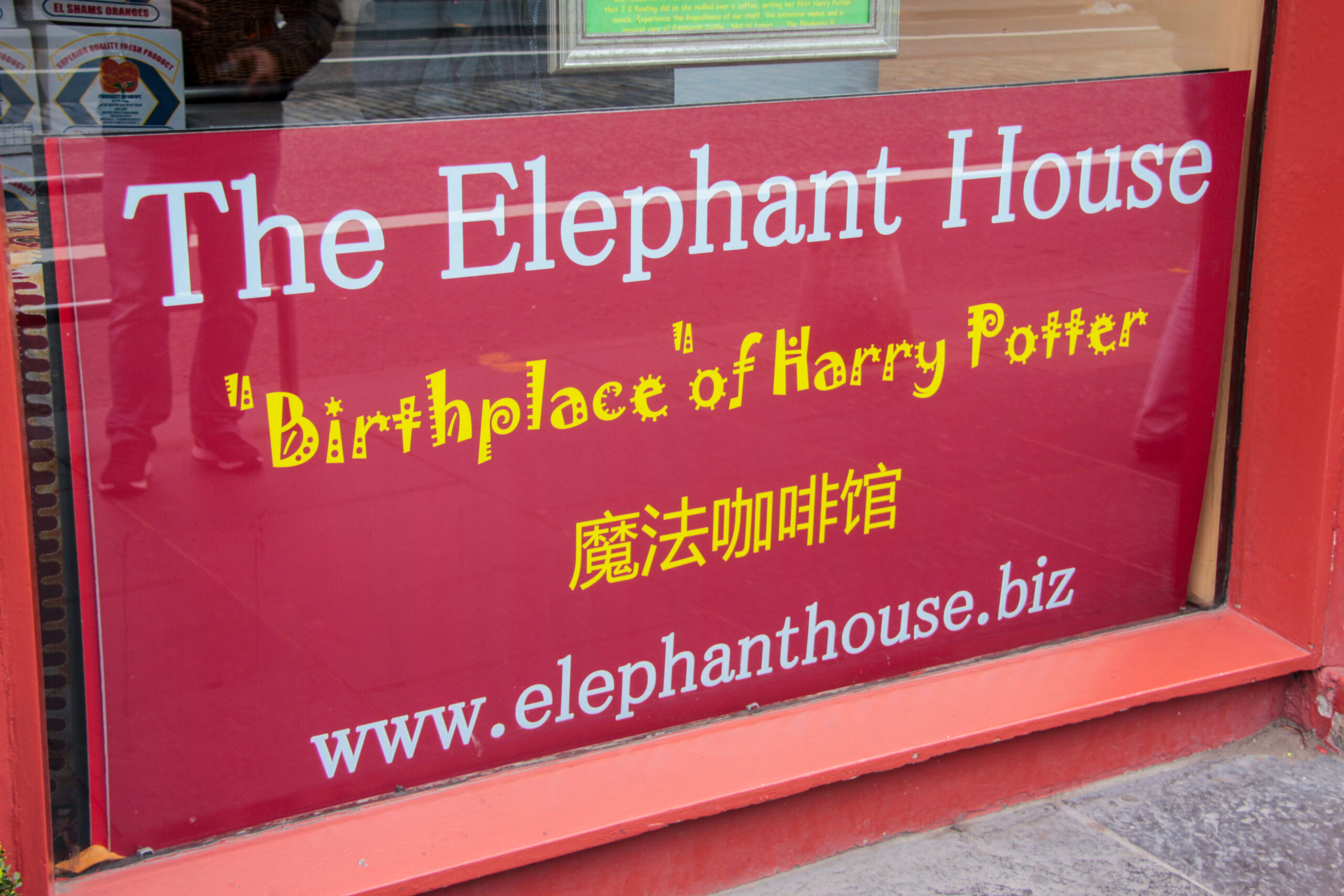
Since then, the café has become a pilgrimage site for fans, with visitors coming daily to see the place where the beloved stories of their childhood were brought to life.
Greyfriars Kirkyard
This place is also a must-visit for Harry Potter fans, despite being a graveyard. Located at the southern end of the Old Town, it lies next to George Heriot’s School.
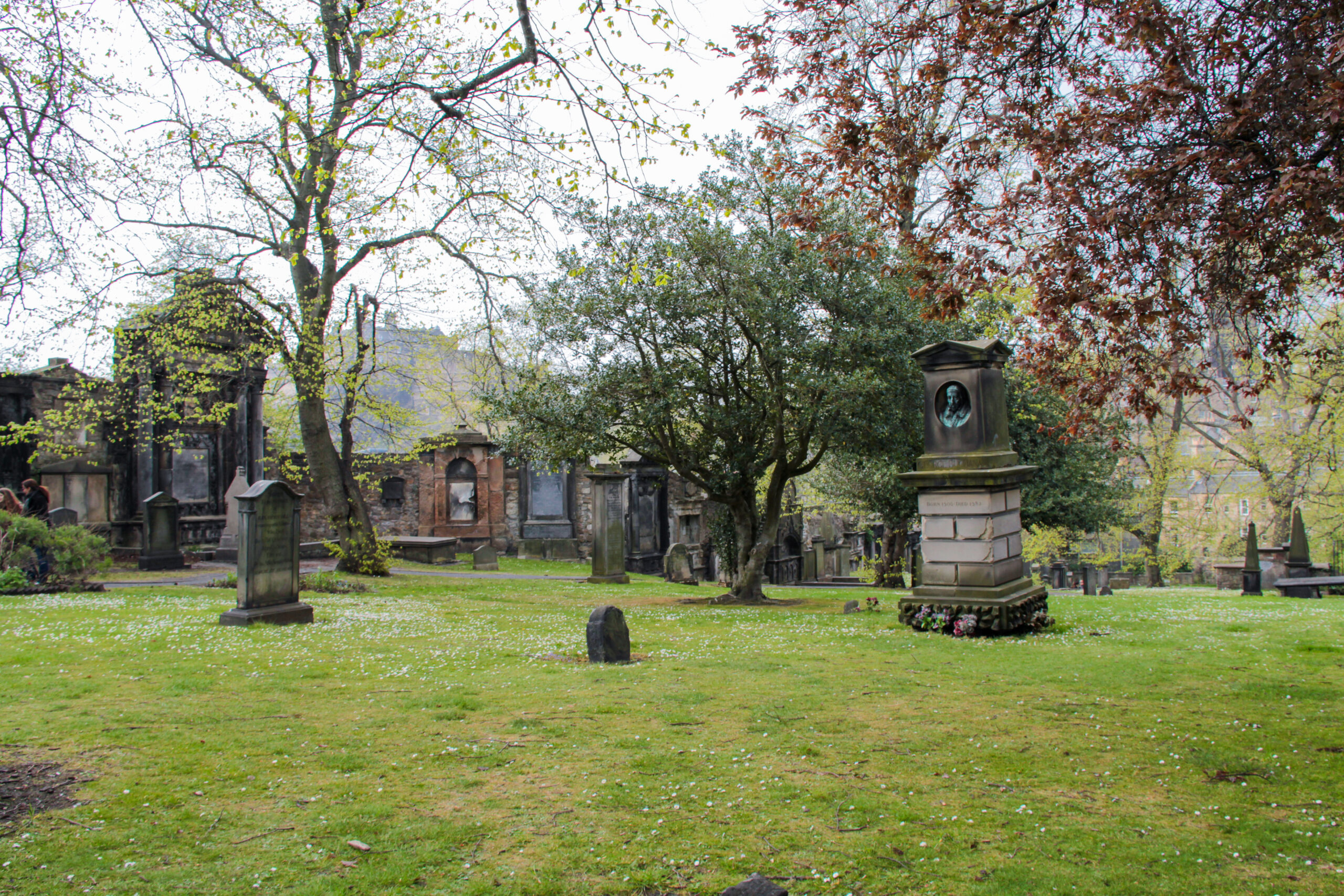
As the Greyfriars Graveyard is located near the Elephant House, it is believed that J.K. Rowling often walked through the cemetery to draw inspiration for names in her books. This is why you’ll find the grave of Thomas Riddle in Greyfriars Kirkyard, which is said to have influenced the creation of the infamous character Lord Voldemort.
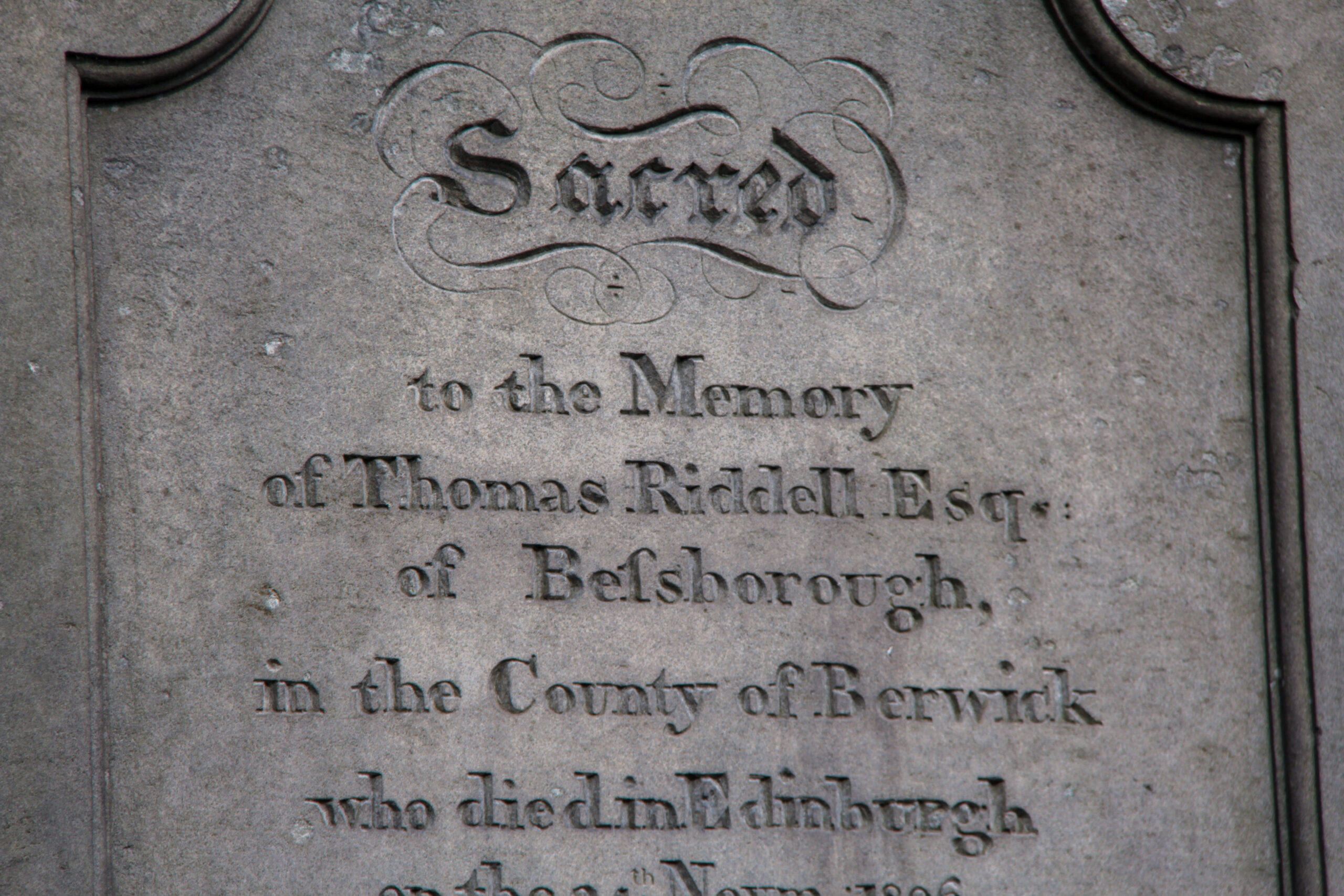
It is also believed that J.K. Rowling drew inspiration for Hogwarts from the nearby George Heriot’s School, which is located beside the graveyard. The school’s distinctive structure, with its four towers, is thought to have influenced the design of the Hogwarts castle, with each tower symbolizing one of the four houses in the Harry Potter series.
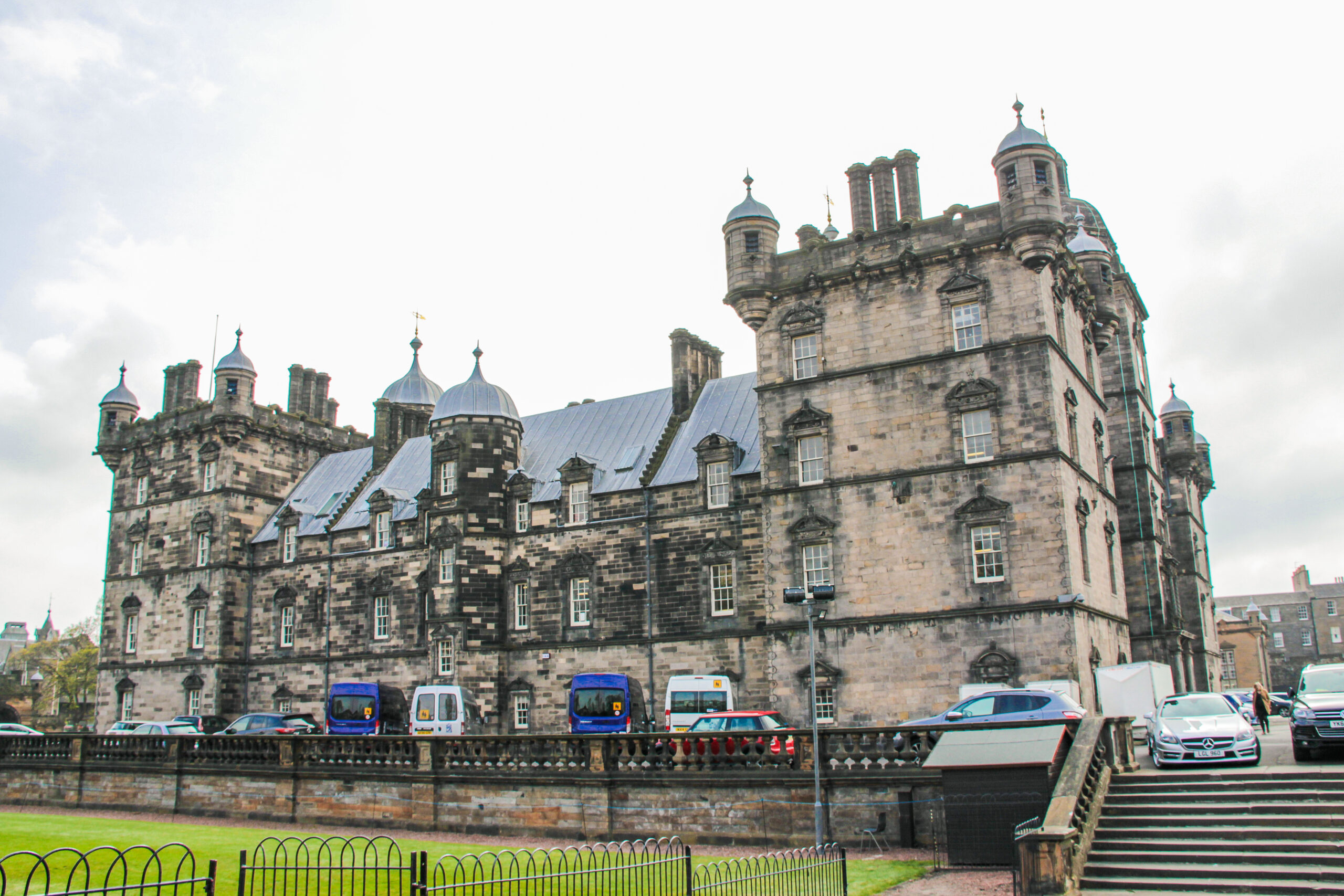
Whatever the truth may be behind the many stories surrounding J.K. Rowling and Harry Potter, Edinburgh is a must-visit for any Harry Potter fan.
All in all, I truly fell in love with Edinburgh, and I would return in a heartbeat to this amazing Scottish capital. Have you ever been to Edinburgh? Did you enjoy it as much as I did?
Read next: Top 10 things to do in Stockholm Sweden

